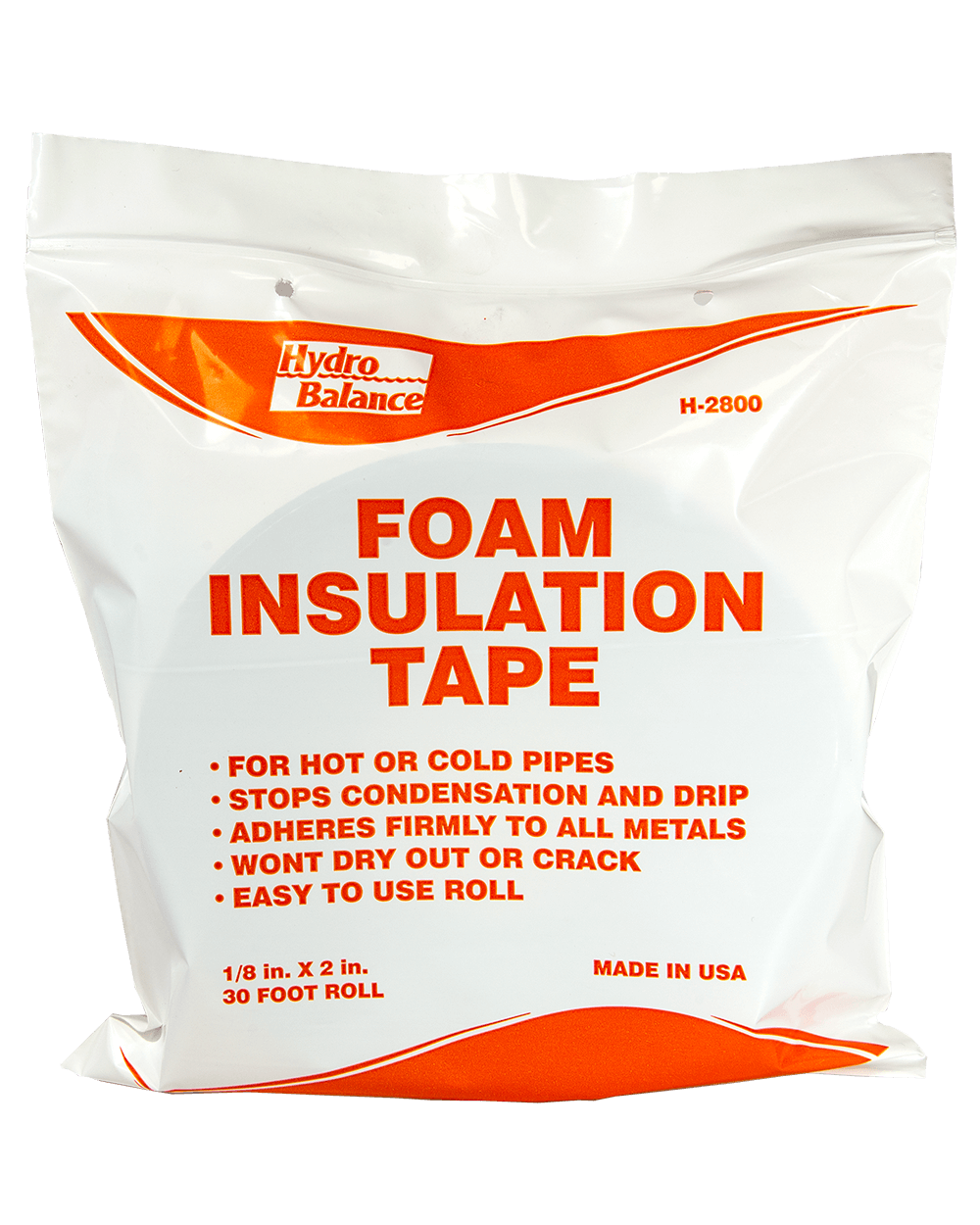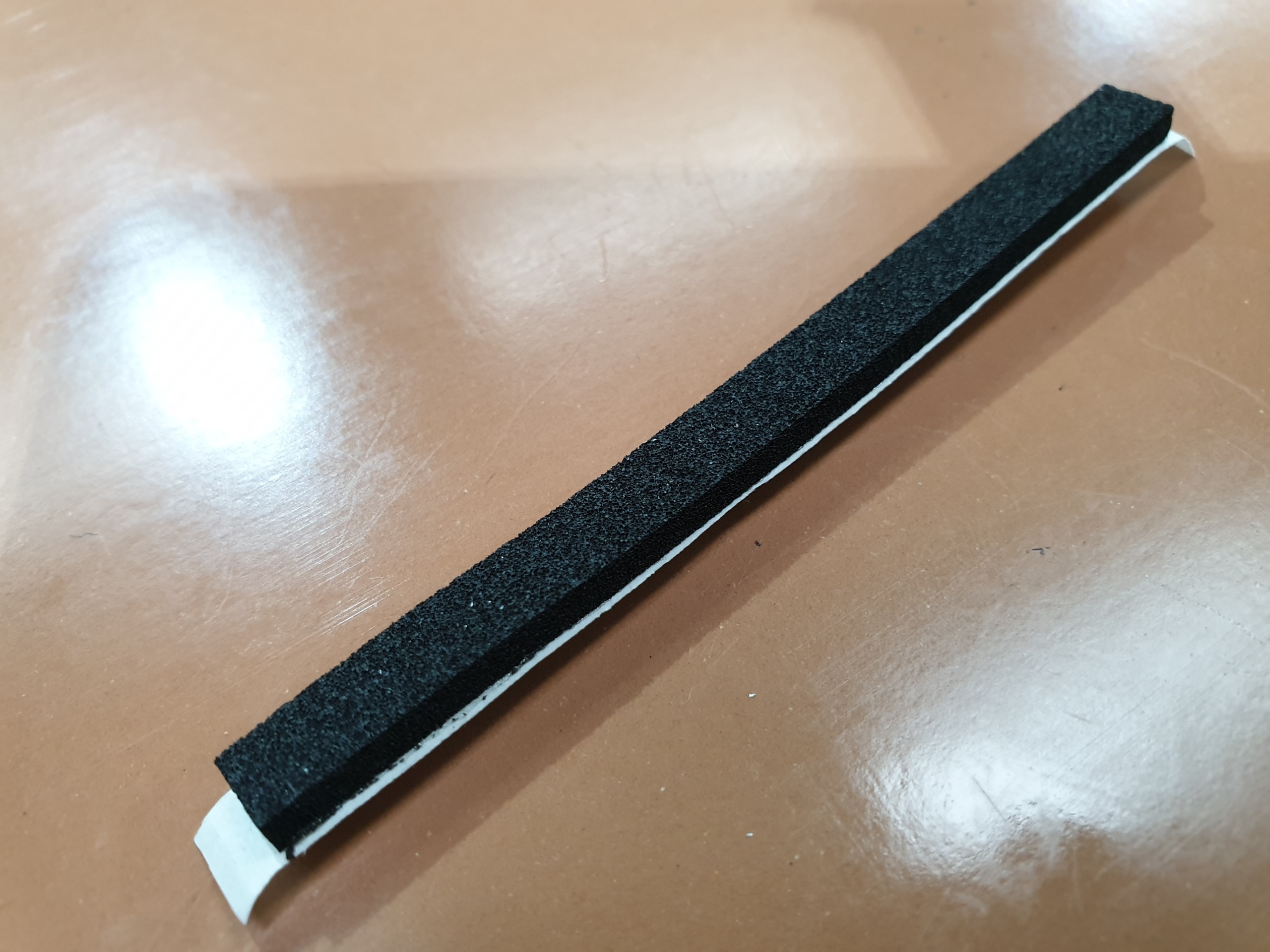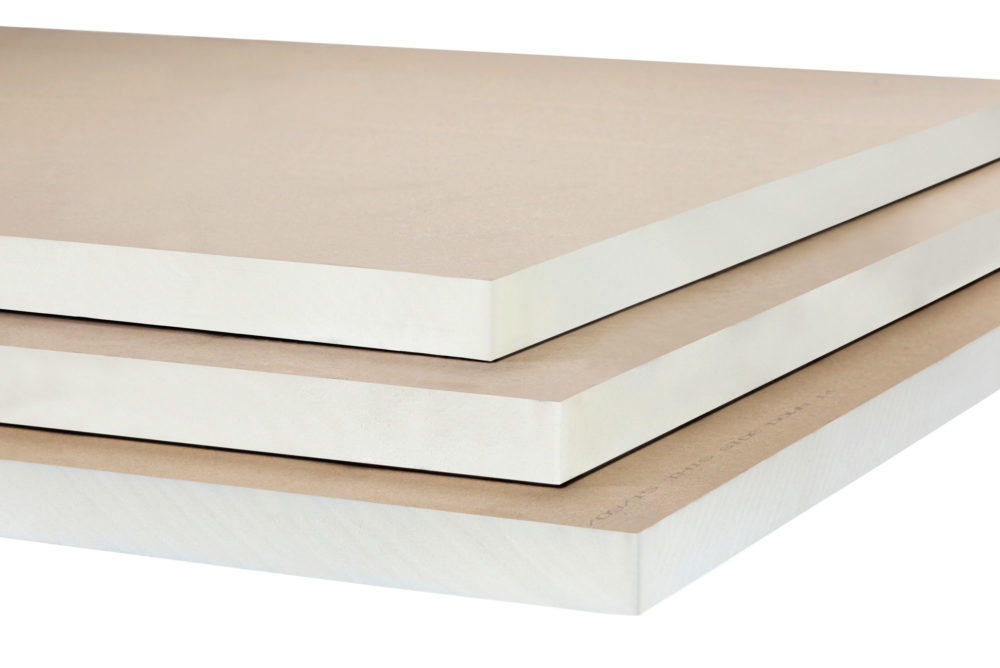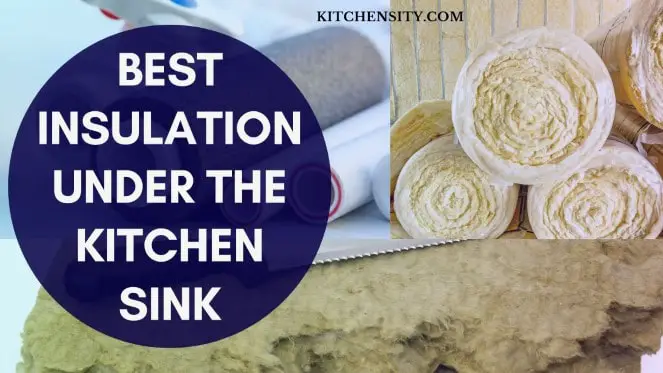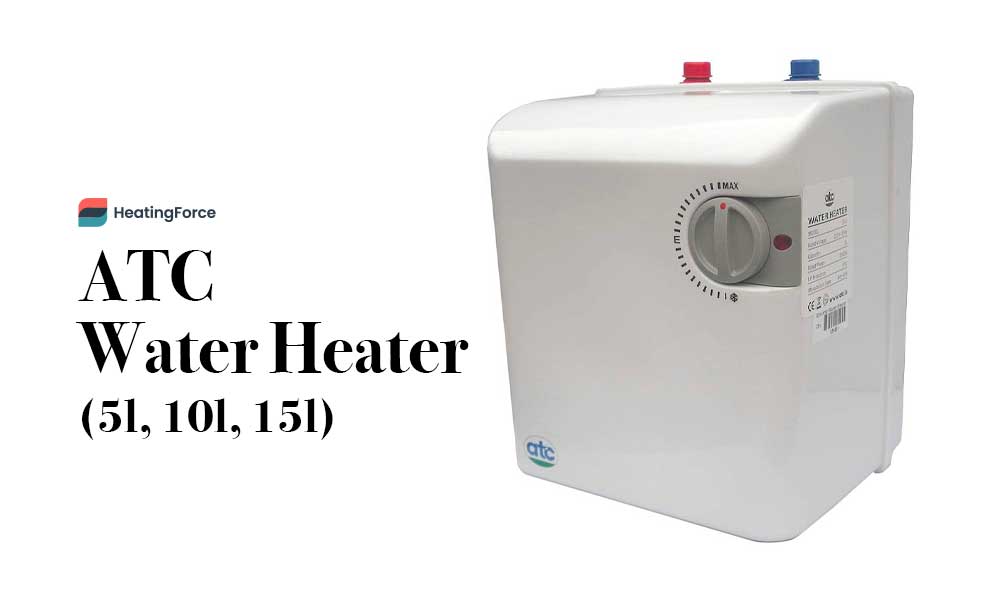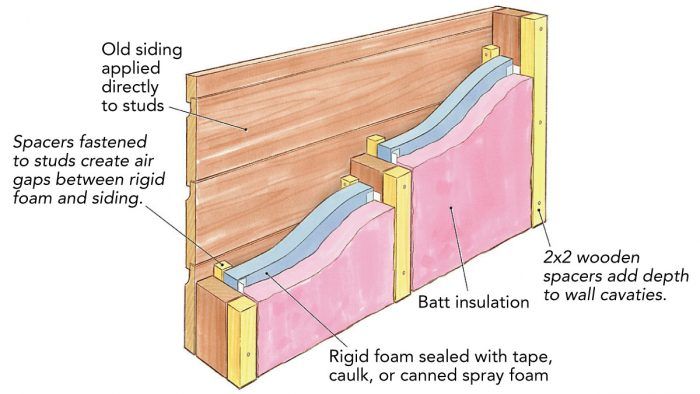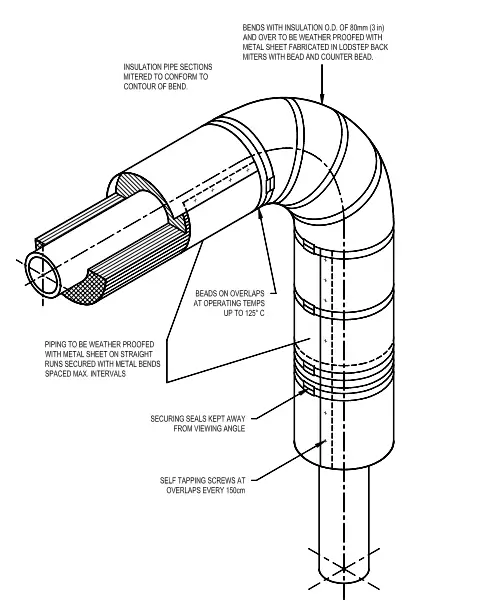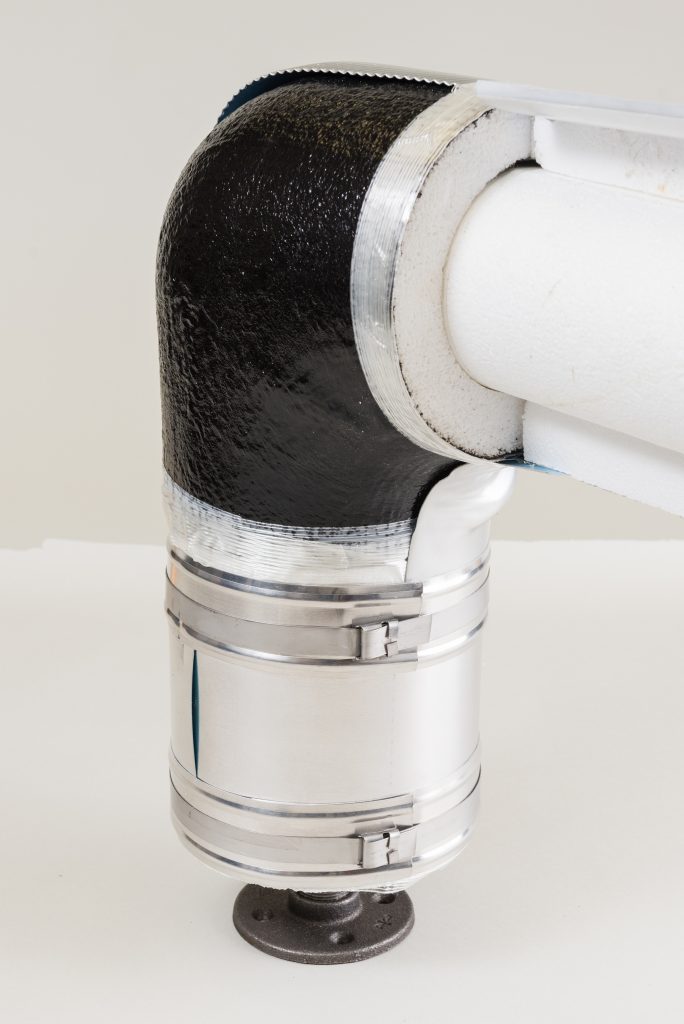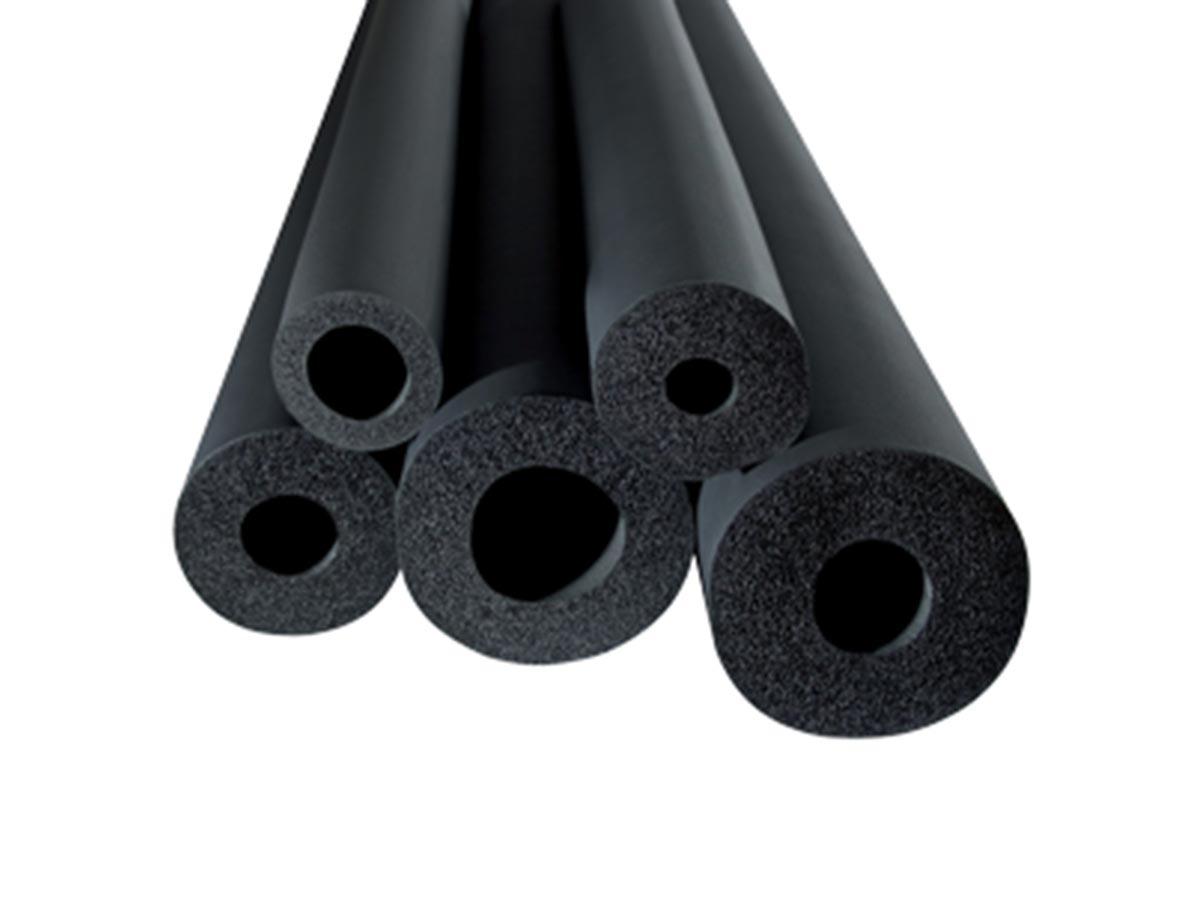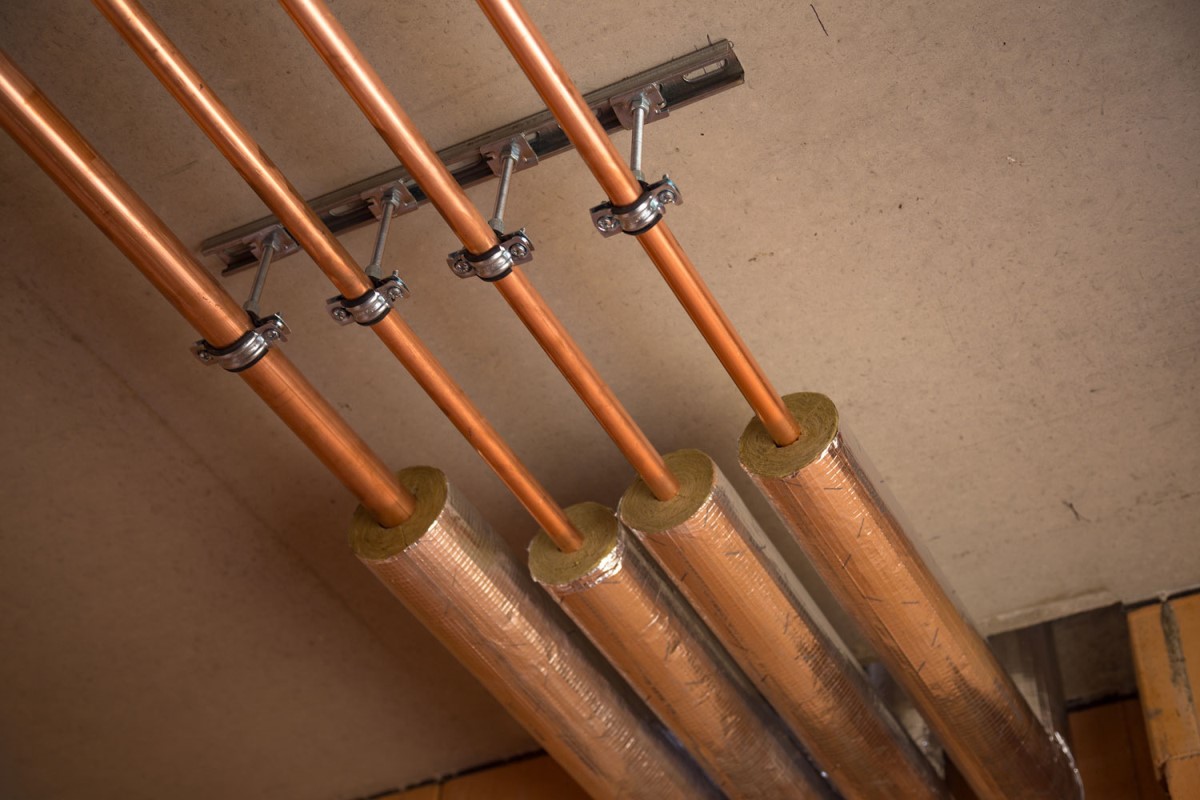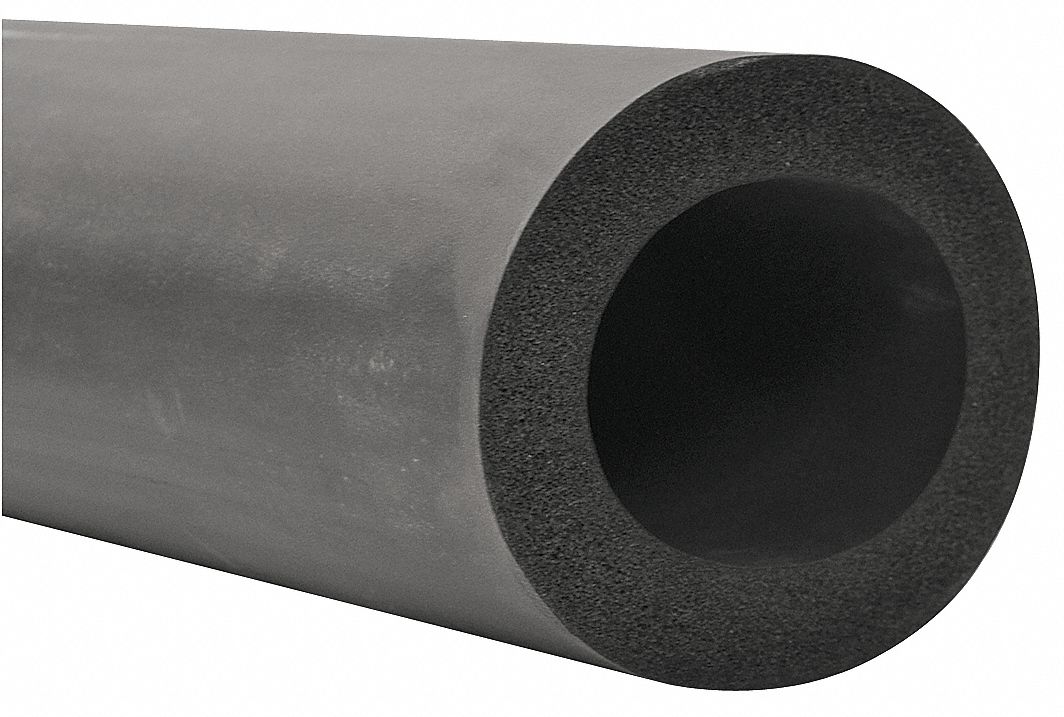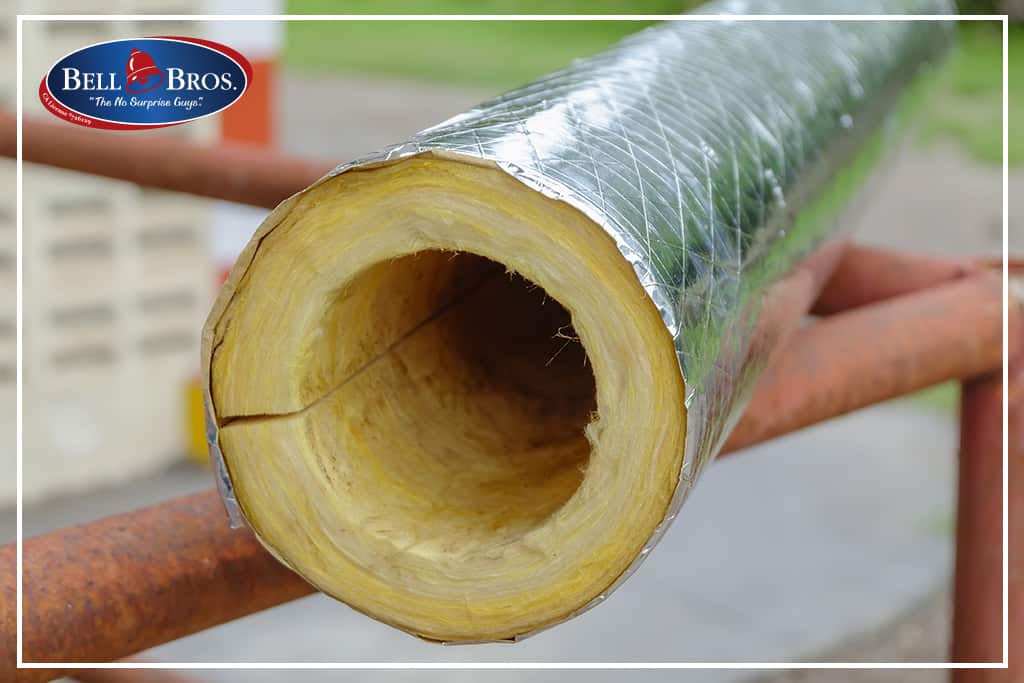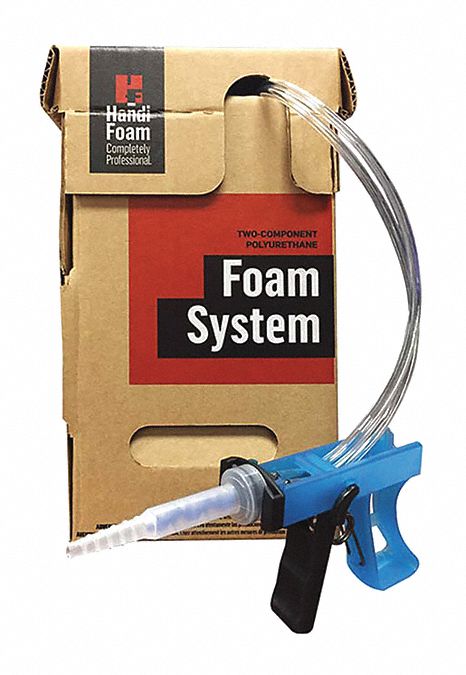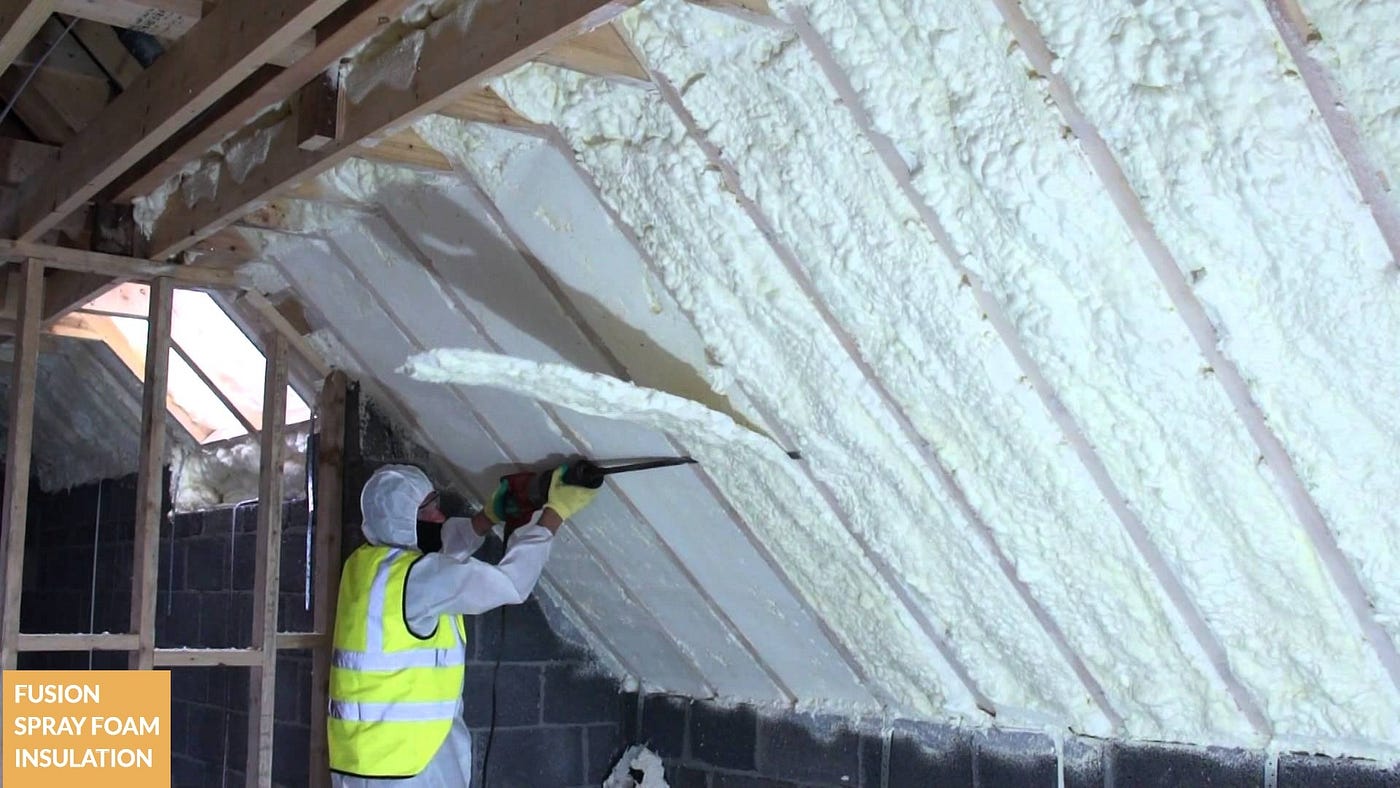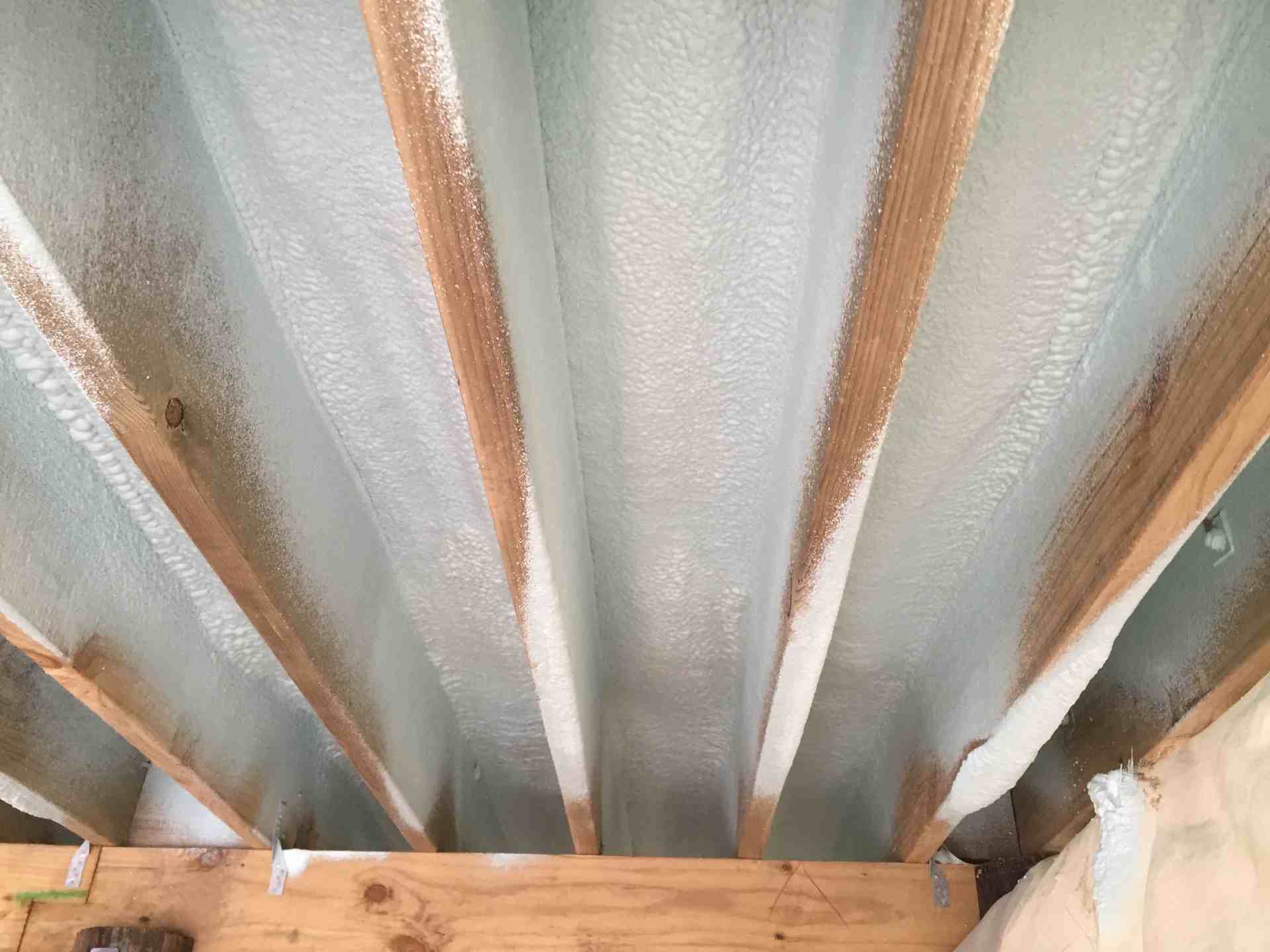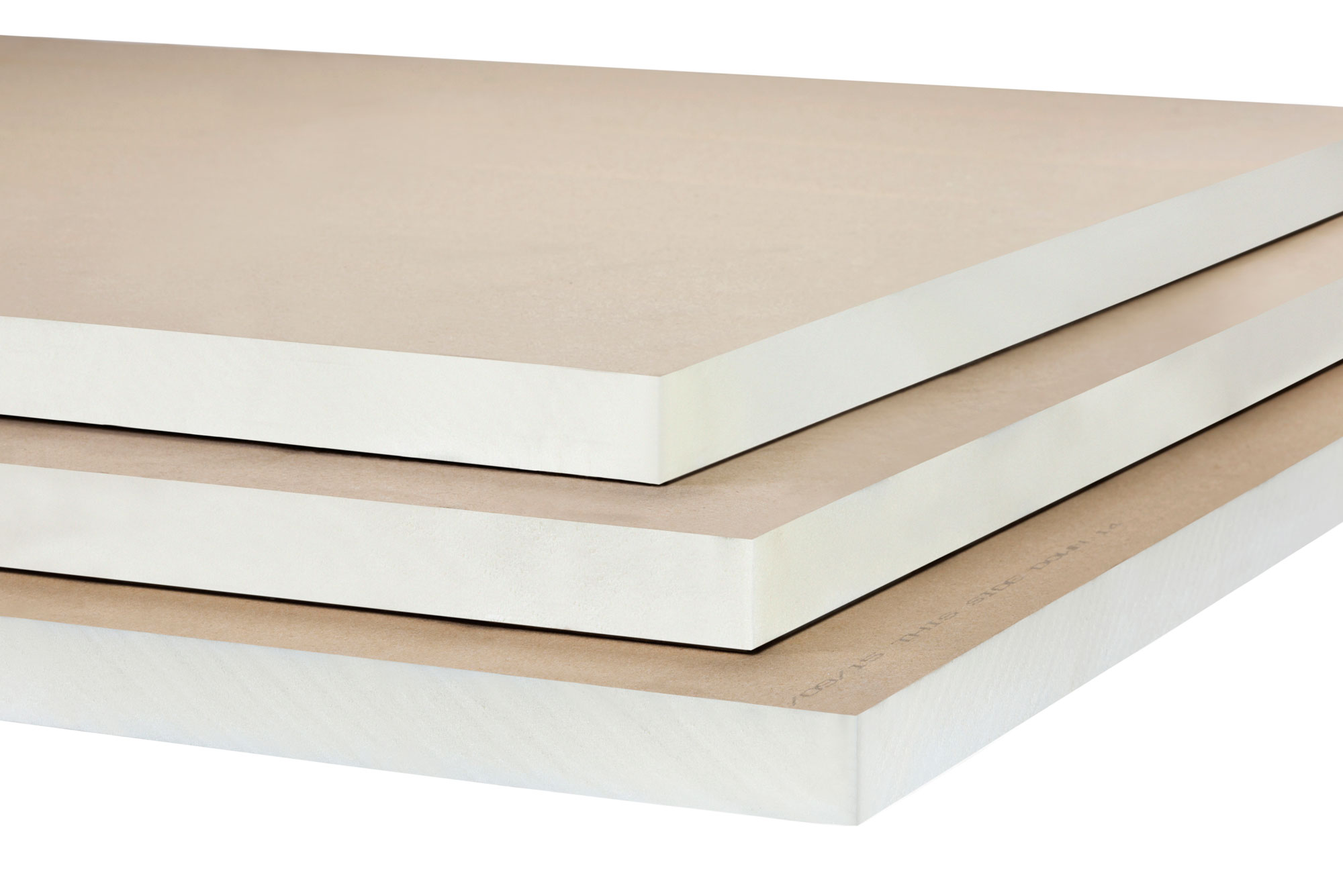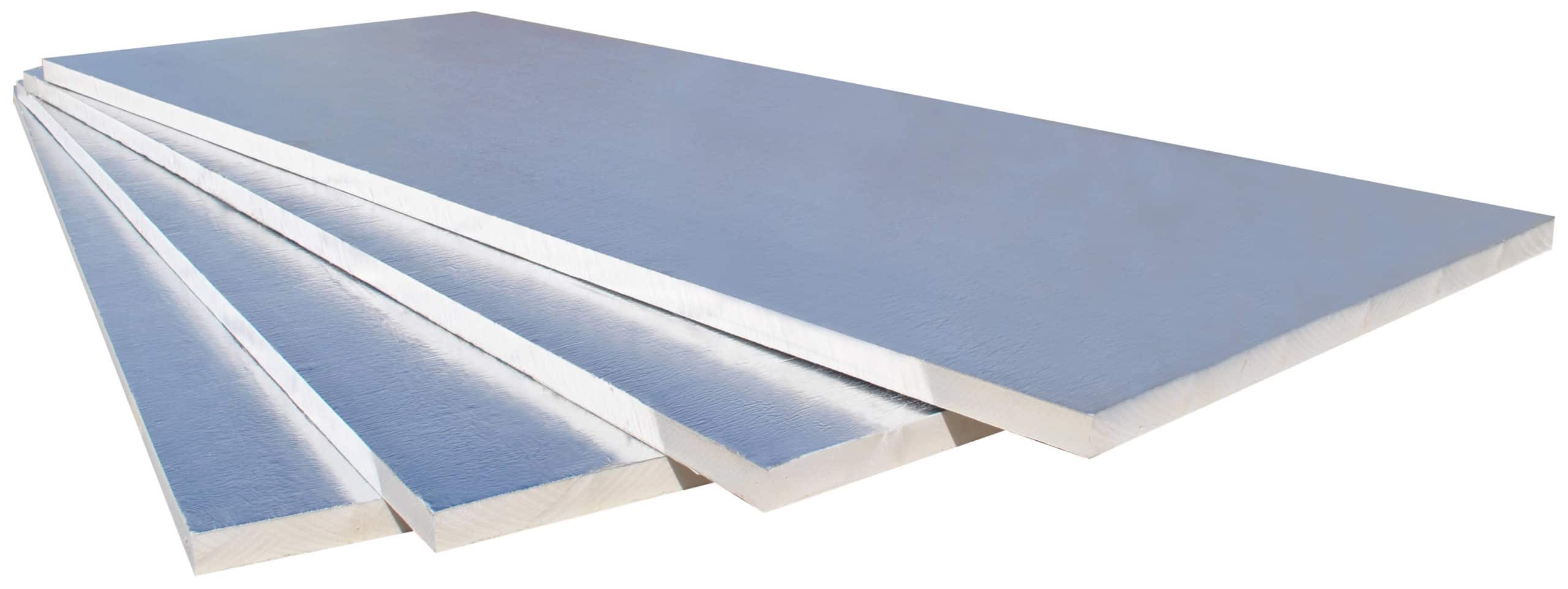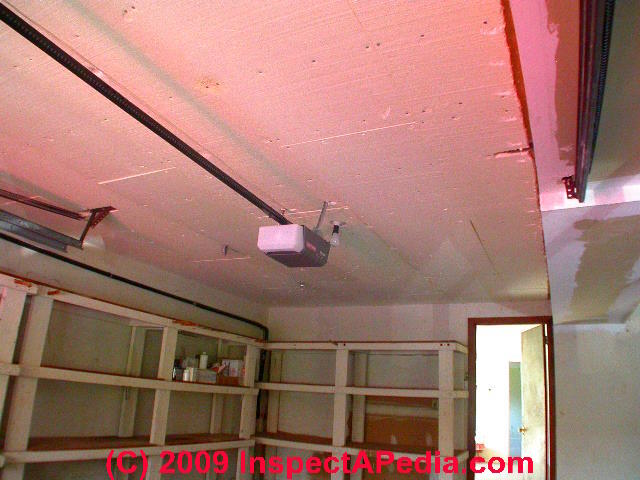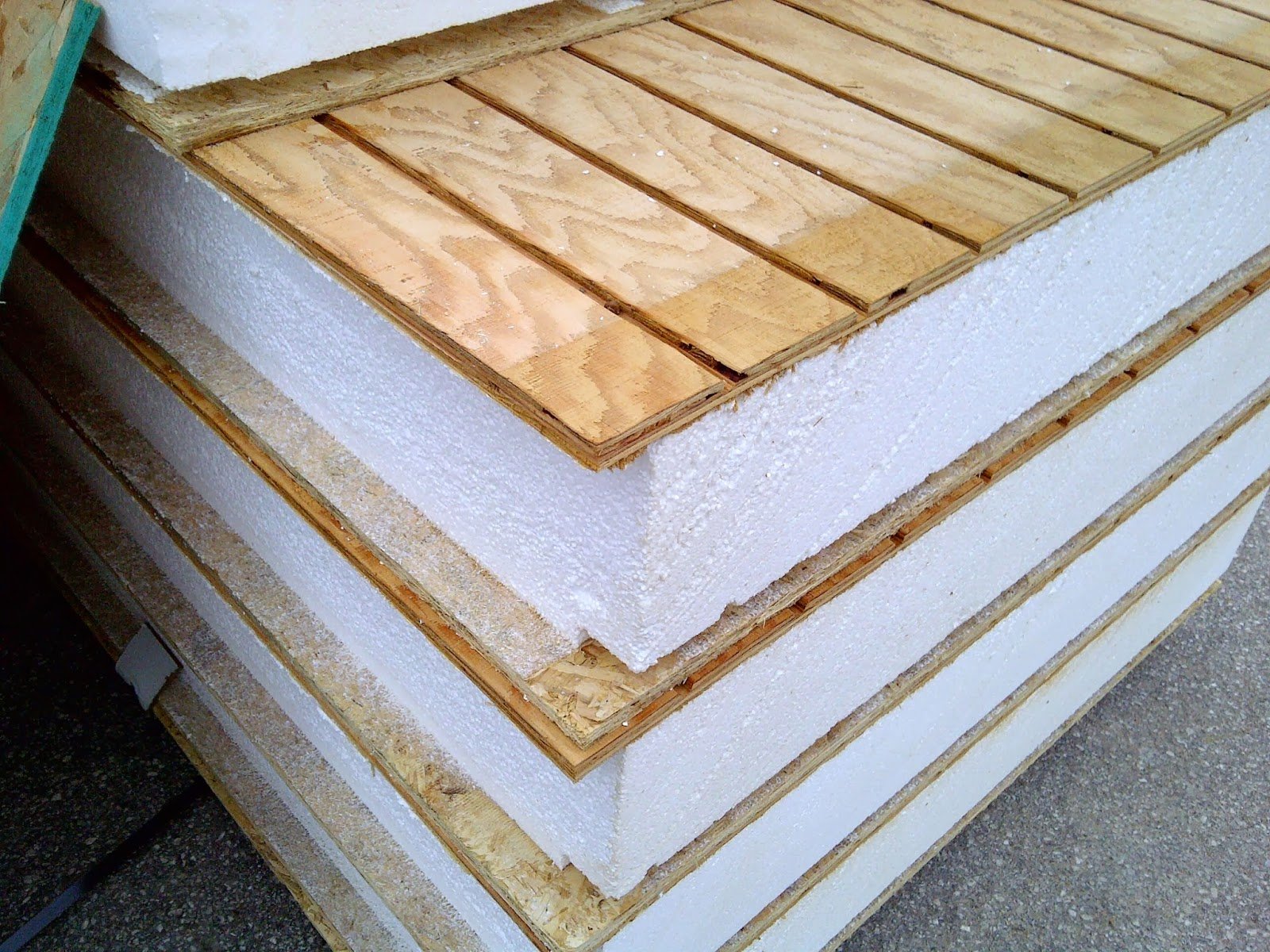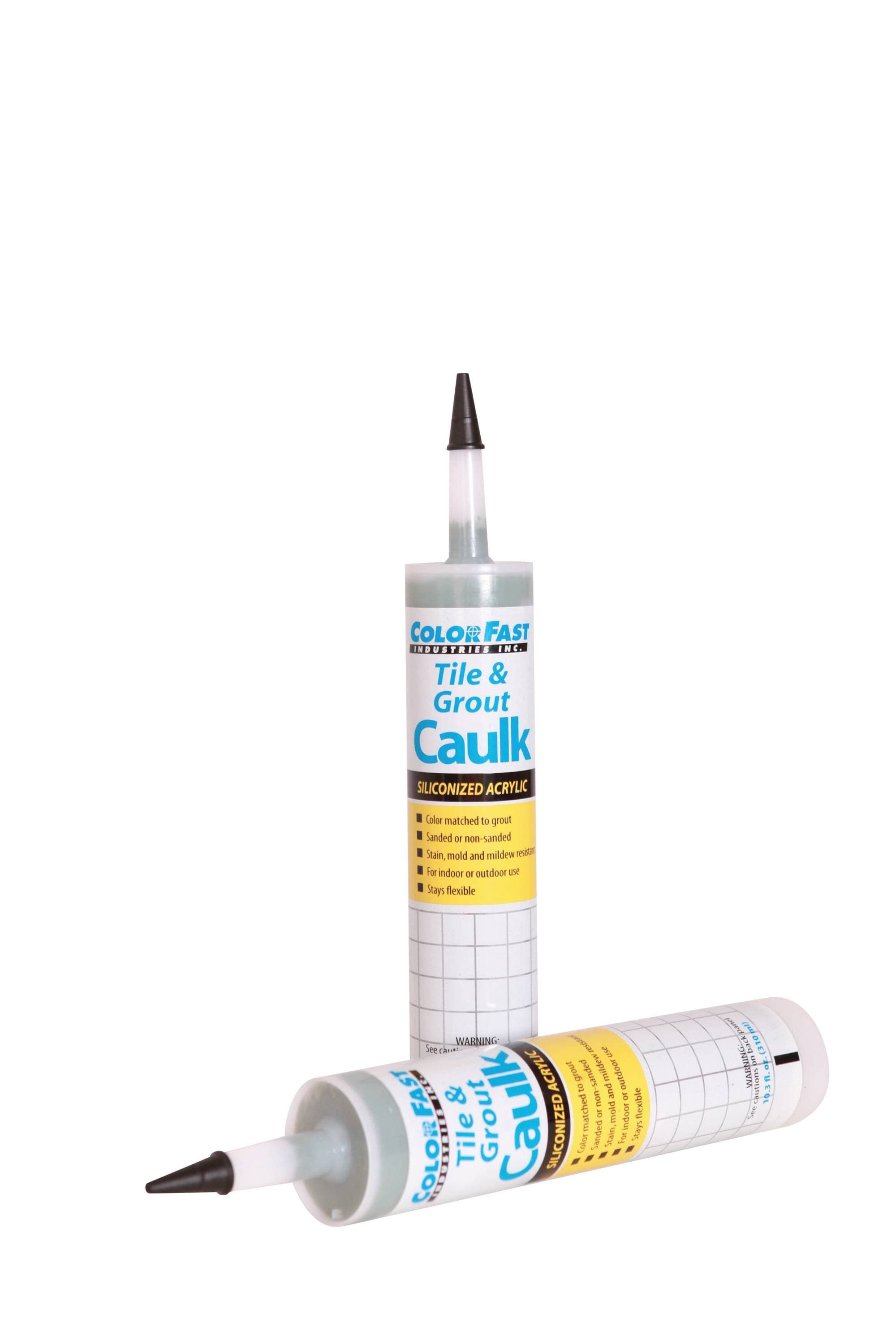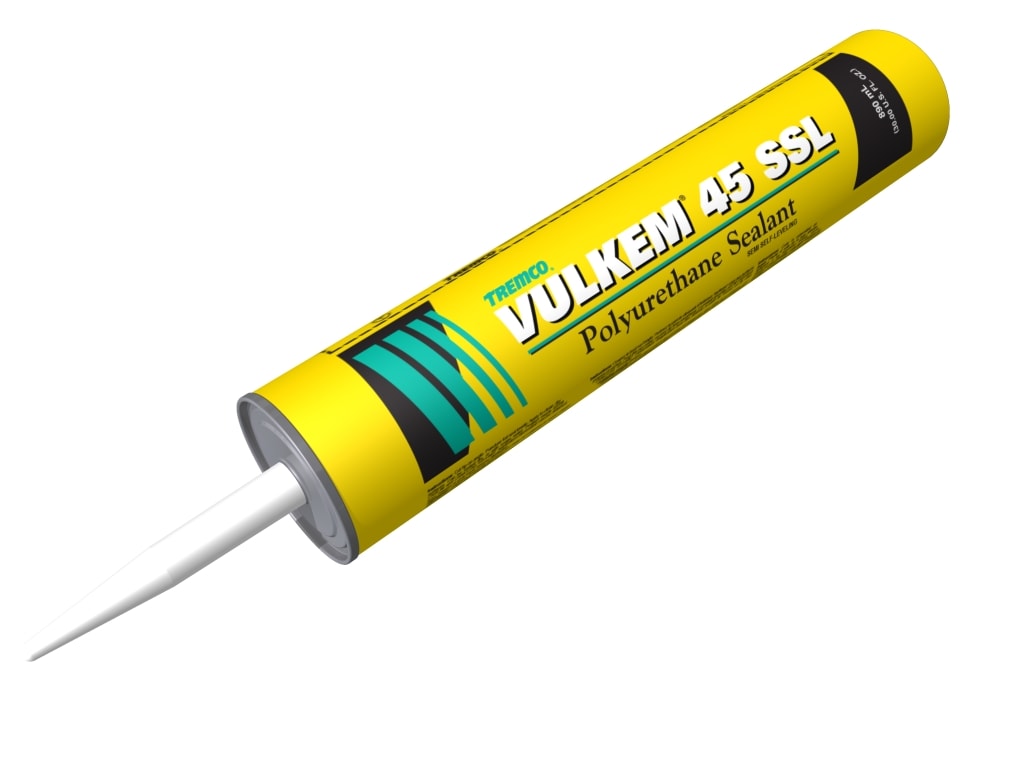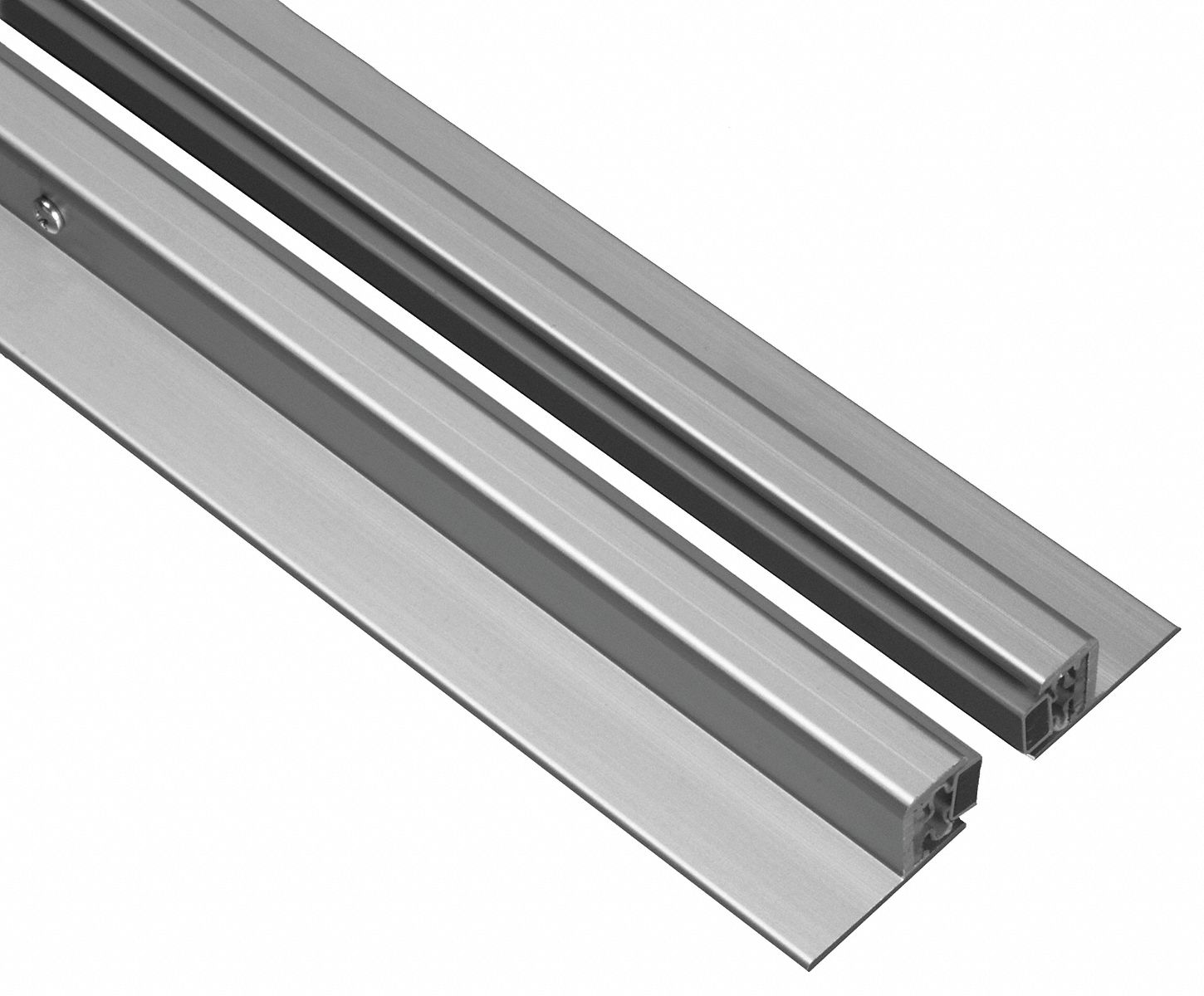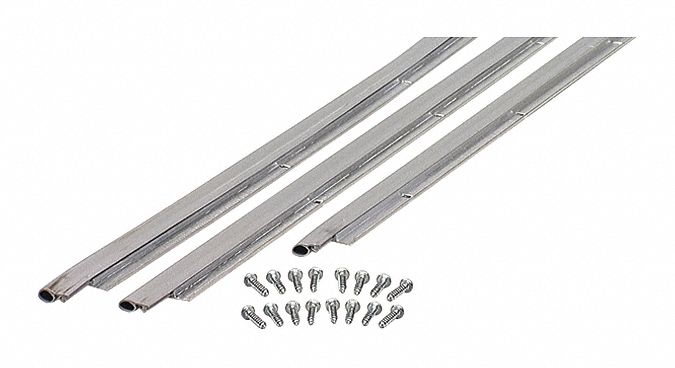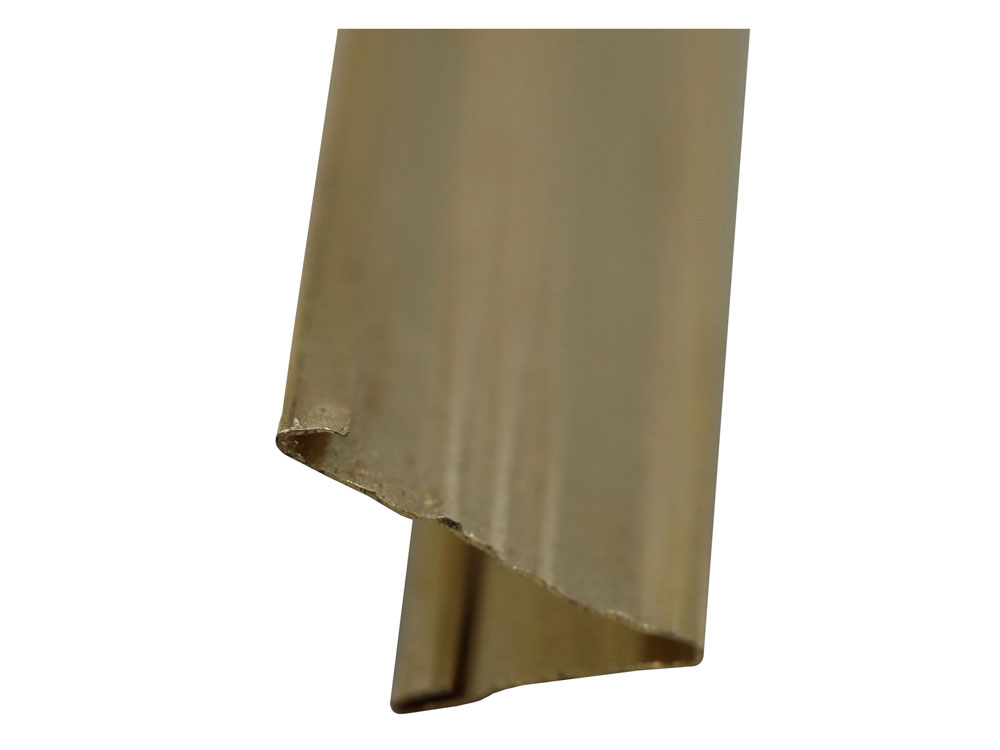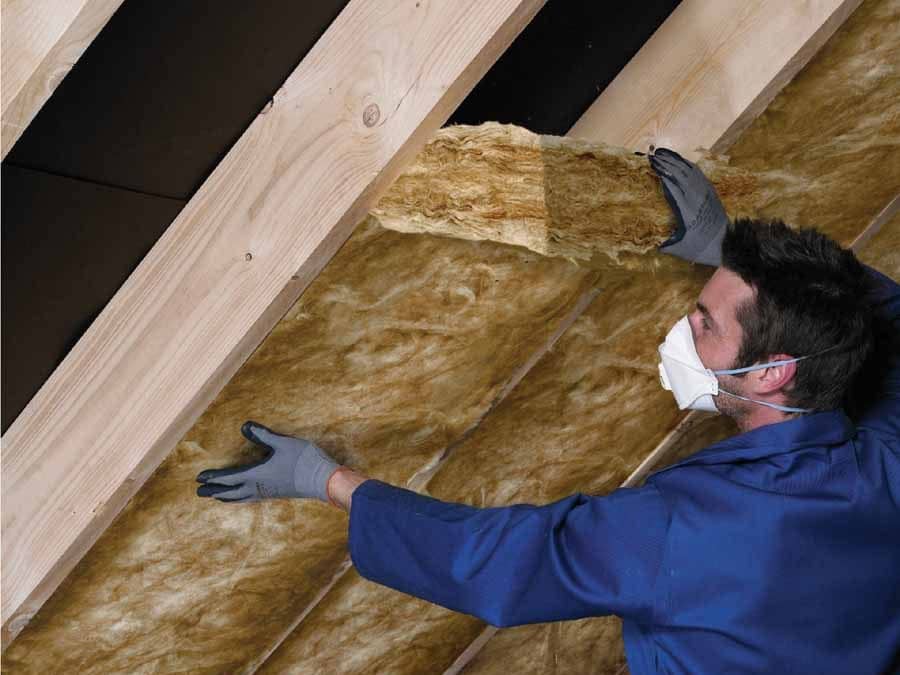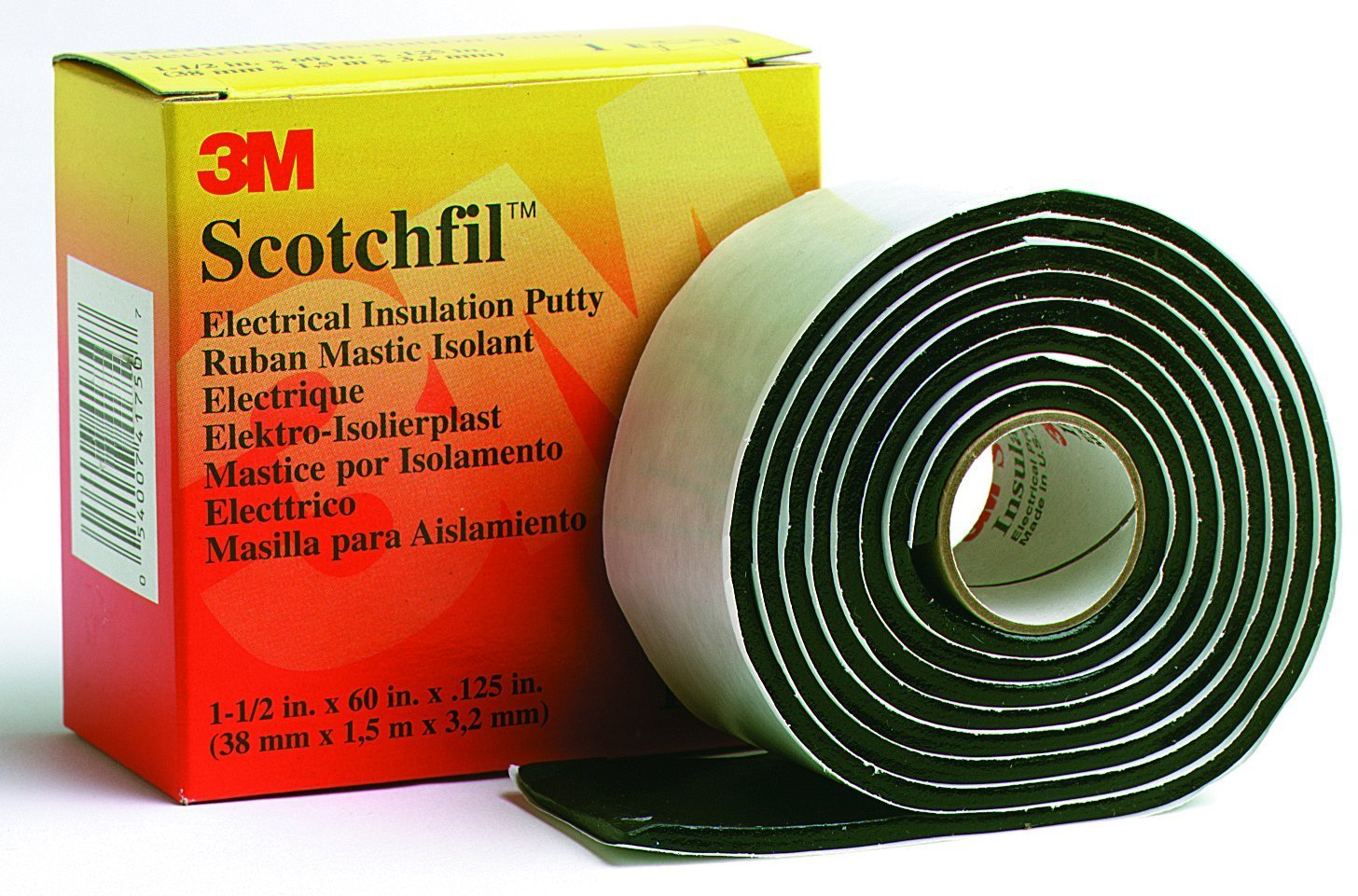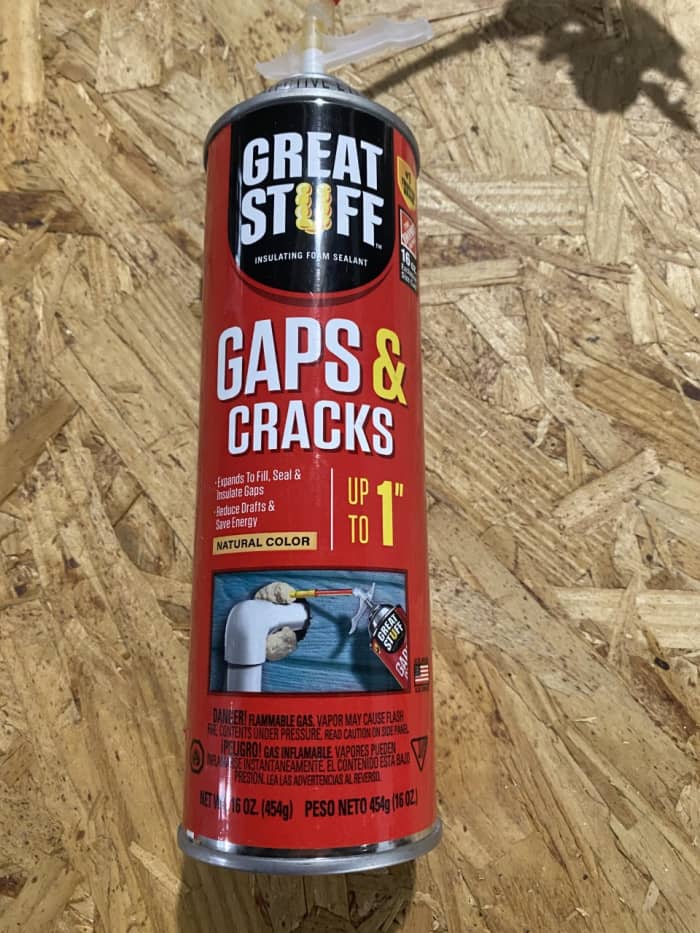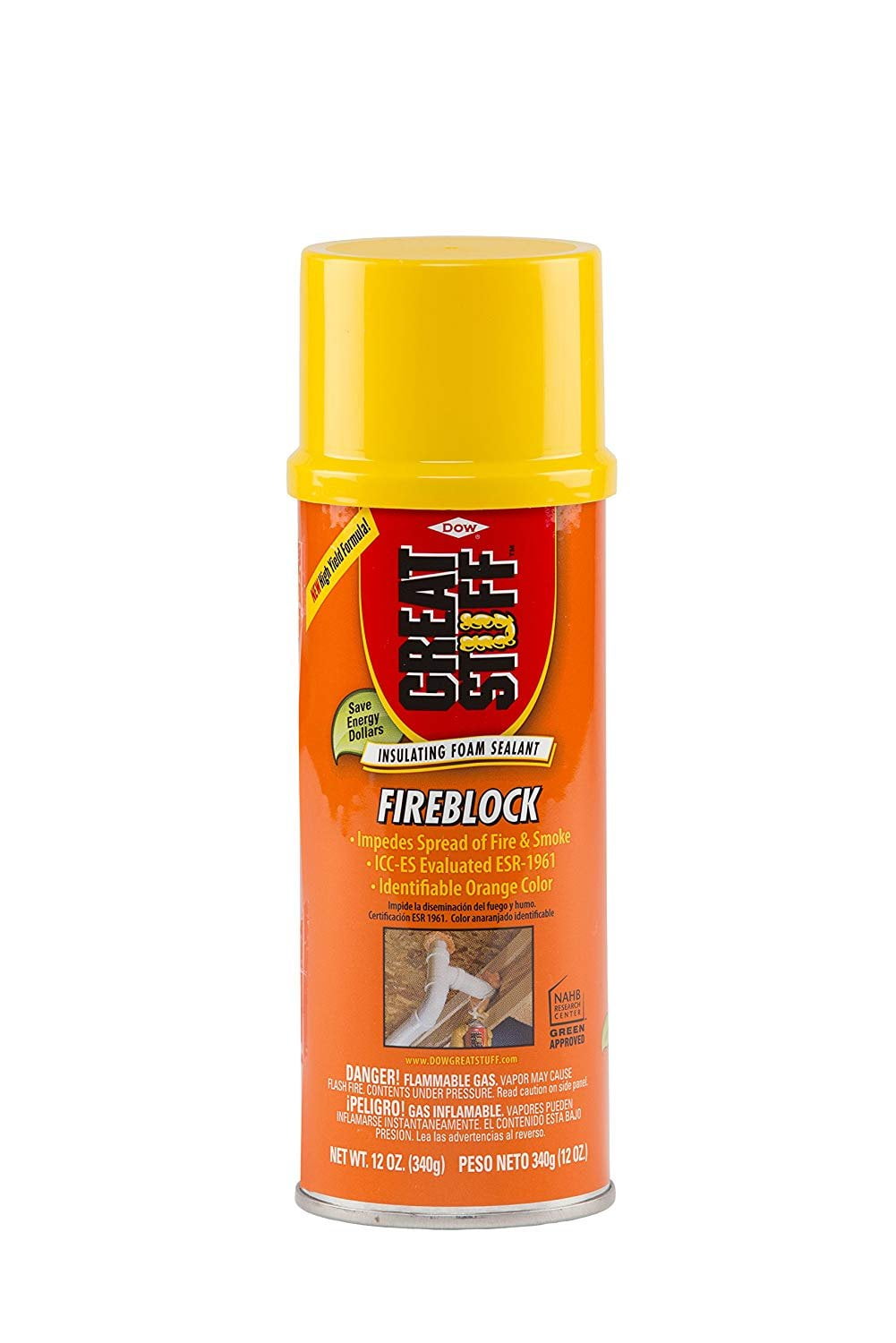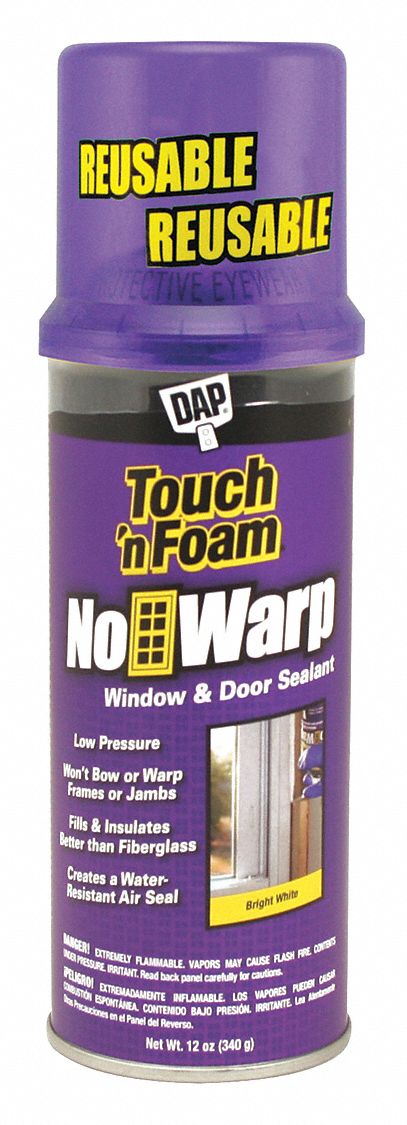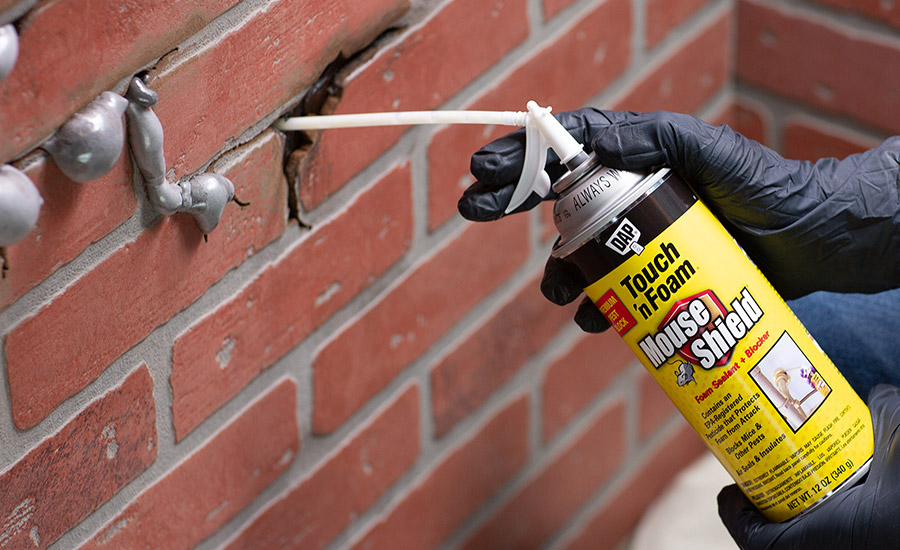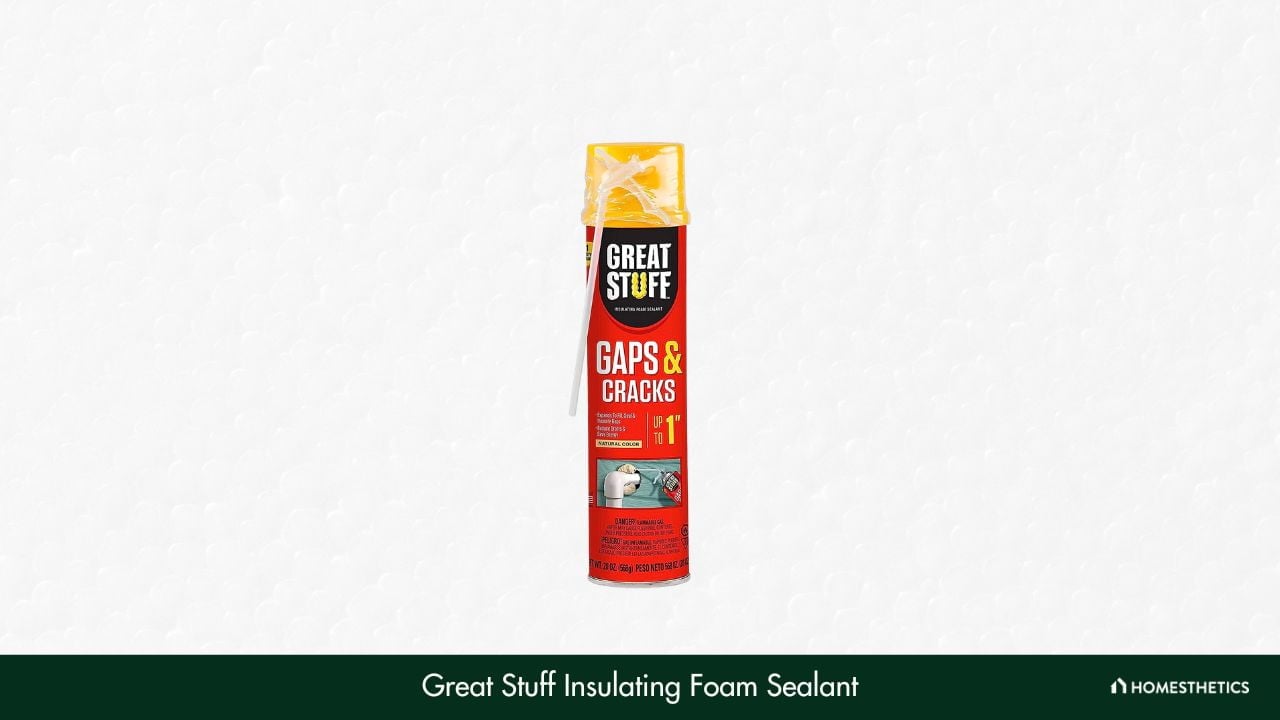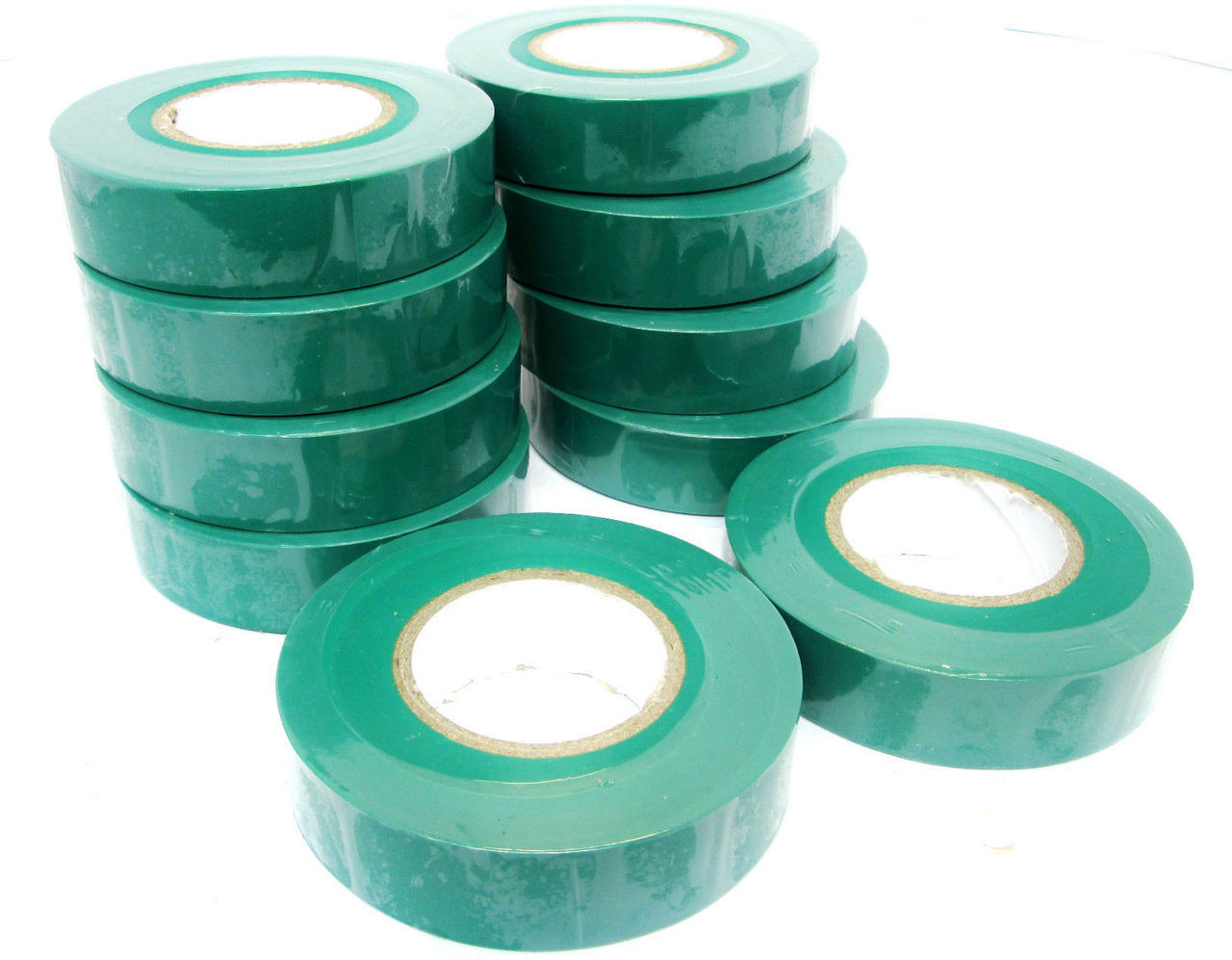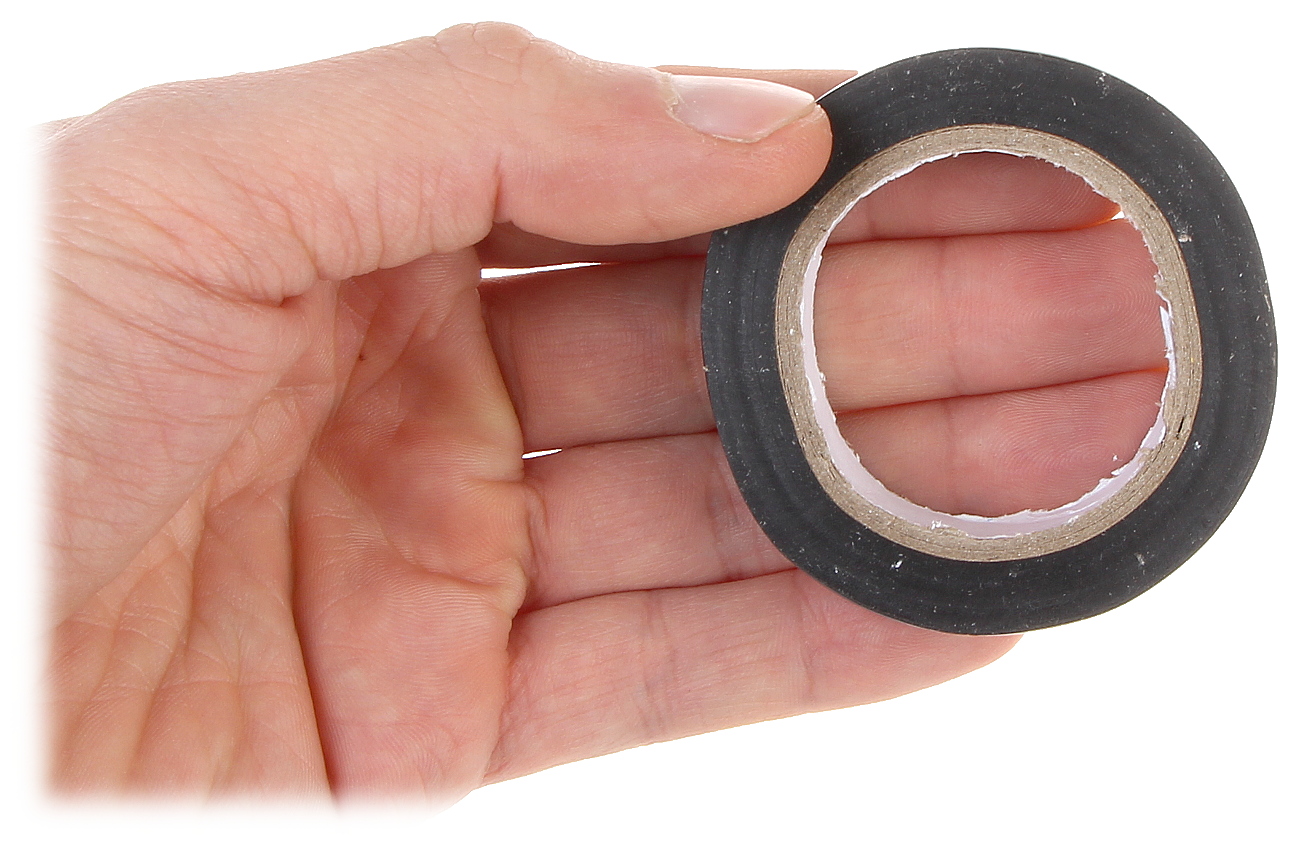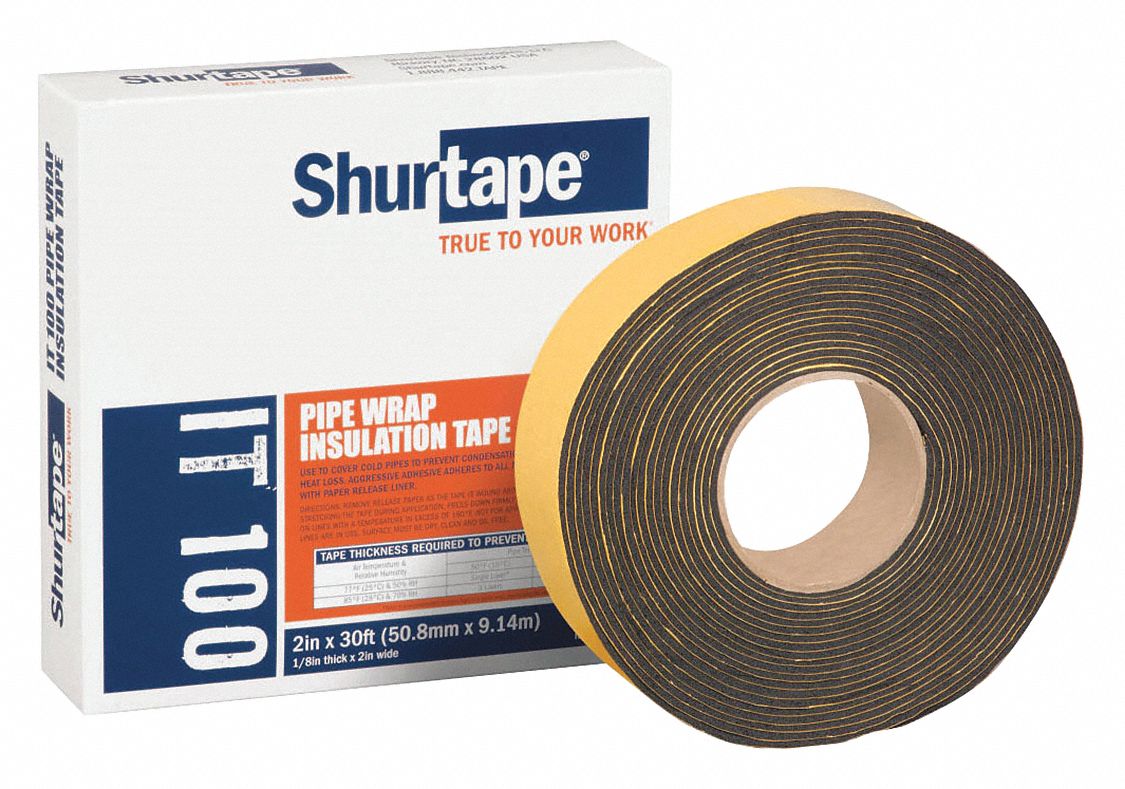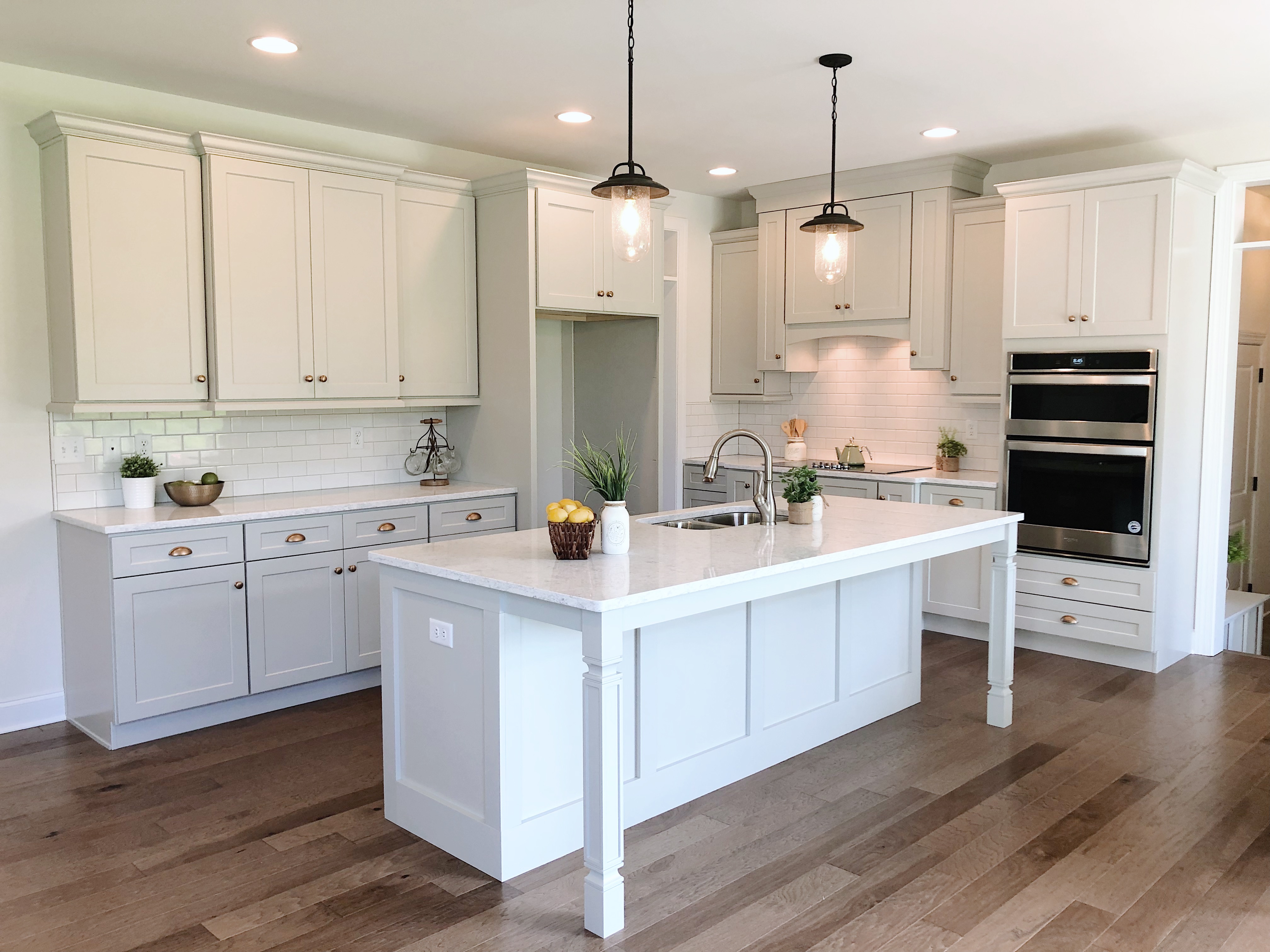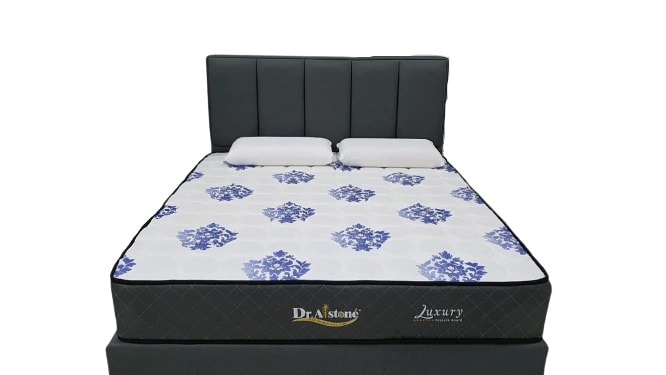Insulating foam tape is a versatile and easy-to-use option for insulating under your kitchen sink. Made of closed-cell foam, this tape provides a barrier against cold air, moisture, and noise. It can easily be cut to fit around pipes and other obstructions, and its self-adhesive backing makes installation a breeze. Plus, it's affordable and widely available at hardware stores.1. Insulating foam tape
If you're looking for a more comprehensive solution for insulating your kitchen sink, consider using under sink insulation. This type of insulation is specifically designed for use under sinks and can be purchased in pre-cut sheets or customizable rolls. It provides a thick layer of insulation to keep your sink area warm and dry, preventing any potential damage from moisture and cold temperatures.2. Under sink insulation
One of the main sources of heat loss under your kitchen sink is through exposed pipes. This is especially true if your pipes run through unheated areas, such as a basement or crawlspace. Pipe insulation is a simple and effective way to prevent heat loss and protect your pipes from freezing. It comes in various sizes and materials, including foam, rubber, and fiberglass, and can easily be cut and fitted to your pipes.3. Pipe insulation
Insulating spray foam is a popular option for insulating hard-to-reach areas, such as gaps and cracks around pipes and under sinks. This expanding foam fills in any gaps and creates a tight seal, preventing cold air and moisture from entering. It also has the added benefit of reducing noise, making it a great option for insulating under your kitchen sink.4. Insulating spray foam
Insulating foam board is a rigid and lightweight option for insulating your kitchen sink area. It comes in large sheets that can easily be cut and fitted to the space under your sink. This type of insulation provides excellent thermal resistance and is also resistant to moisture and mold. It can be installed using adhesive or secured in place with screws or tape.5. Insulating foam board
If you have any gaps or cracks around your kitchen sink, caulk can be a quick and easy way to seal them up and prevent heat loss. It comes in different forms, such as silicone, latex, and polyurethane, and can be applied with a caulking gun. Make sure to choose a caulk that is suitable for use in wet areas and can withstand temperature fluctuations.6. Caulk
Another effective way to seal gaps and prevent heat loss under your kitchen sink is by using weatherstripping. This is a narrow strip of material, such as foam, felt, or rubber, that can be placed around doors, windows, and other openings. It creates a tight seal and helps to keep cold air and moisture out. Weatherstripping is also easy to install and is available in different sizes and types to fit your specific needs.7. Weatherstripping
Insulating putty is a pliable and moldable material that can be used to fill gaps and cracks around pipes and other obstructions under your kitchen sink. It is made of a combination of clay and wax and can easily be shaped and molded to fit any space. Once it hardens, it creates a waterproof barrier and provides excellent insulation against heat loss.8. Insulating putty
Another option for sealing gaps and cracks under your kitchen sink is using insulating foam sealant. This expanding foam is similar to spray foam but comes in a can and can be easily dispensed and controlled. It expands to fill any gaps and creates a tight seal, preventing heat loss and keeping your sink area warm and dry. Make sure to choose a sealant that is suitable for use in wet areas.9. Insulating foam sealant
Insulating tape is a budget-friendly option for insulating under your kitchen sink. It is made of foam or rubber and can easily be wrapped around pipes and other obstructions to create a barrier against cold air and moisture. This type of tape is also great for reducing noise and can be found in most hardware stores. In conclusion, insulating under your kitchen sink is an essential step in ensuring your pipes and sink area are protected from cold temperatures and moisture. By using any of the top 10 insulating options mentioned above, you can save on energy costs, prevent potential damage, and create a more comfortable and efficient kitchen space.10. Insulating tape
Why Insulating Under the Kitchen Sink is Important for Your Home

The Importance of Insulation in House Design
 When designing a home, one of the most important factors to consider is insulation. Insulation helps regulate temperature, reduce energy costs, and improve overall comfort in your living space. While most people think of insulation in terms of walls and attics, one area that is often overlooked is under the kitchen sink. However, insulating this area can have numerous benefits for your home and your wallet.
When designing a home, one of the most important factors to consider is insulation. Insulation helps regulate temperature, reduce energy costs, and improve overall comfort in your living space. While most people think of insulation in terms of walls and attics, one area that is often overlooked is under the kitchen sink. However, insulating this area can have numerous benefits for your home and your wallet.
The Kitchen Sink: A Source of Heat Loss
 The kitchen sink is a major source of heat loss in many homes. This is because it is typically located near exterior walls and is connected to the plumbing system, which can be prone to leaks and gaps. As a result, cold air can seep in through these openings and cause your kitchen to feel drafty and uncomfortable. In addition, the cold air can also cause your pipes to freeze, leading to costly repairs.
Insulating under the kitchen sink can help prevent these issues by creating a barrier between the cold air and your living space.
This will help keep your kitchen warm and comfortable, while also protecting your pipes from freezing temperatures.
The kitchen sink is a major source of heat loss in many homes. This is because it is typically located near exterior walls and is connected to the plumbing system, which can be prone to leaks and gaps. As a result, cold air can seep in through these openings and cause your kitchen to feel drafty and uncomfortable. In addition, the cold air can also cause your pipes to freeze, leading to costly repairs.
Insulating under the kitchen sink can help prevent these issues by creating a barrier between the cold air and your living space.
This will help keep your kitchen warm and comfortable, while also protecting your pipes from freezing temperatures.
Energy Efficiency and Cost Savings
 Another major benefit of insulating under the kitchen sink is improved energy efficiency. When your kitchen is properly insulated, it can help keep the cold air out and the warm air in. This means your heating system won't have to work as hard to maintain a comfortable temperature, resulting in lower energy bills.
In addition,
proper insulation can also help reduce the risk of mold and mildew growth, as it prevents moisture from seeping into your kitchen.
Mold and mildew can be costly to remove and can also pose health risks to you and your family. By insulating under the kitchen sink, you can protect your home and your loved ones from these potential hazards.
Another major benefit of insulating under the kitchen sink is improved energy efficiency. When your kitchen is properly insulated, it can help keep the cold air out and the warm air in. This means your heating system won't have to work as hard to maintain a comfortable temperature, resulting in lower energy bills.
In addition,
proper insulation can also help reduce the risk of mold and mildew growth, as it prevents moisture from seeping into your kitchen.
Mold and mildew can be costly to remove and can also pose health risks to you and your family. By insulating under the kitchen sink, you can protect your home and your loved ones from these potential hazards.
Choosing the Right Insulation
 When it comes to insulating under the kitchen sink, there are a few options to consider.
Fiberglass and spray foam insulation are two popular choices for this area.
Fiberglass is a budget-friendly option that is easy to install, while spray foam provides a more thorough seal and can help prevent air leakage.
No matter which type of insulation you choose, it is important to hire a professional for proper installation. This will ensure that the insulation is installed correctly and that there are no gaps or openings that could compromise its effectiveness.
When it comes to insulating under the kitchen sink, there are a few options to consider.
Fiberglass and spray foam insulation are two popular choices for this area.
Fiberglass is a budget-friendly option that is easy to install, while spray foam provides a more thorough seal and can help prevent air leakage.
No matter which type of insulation you choose, it is important to hire a professional for proper installation. This will ensure that the insulation is installed correctly and that there are no gaps or openings that could compromise its effectiveness.
Conclusion
 In conclusion, insulating under the kitchen sink is an important aspect of house design that should not be overlooked. It can help improve energy efficiency, save you money on heating costs, and protect your home from potential hazards. So if you're looking to create a comfortable and efficient living space, don't forget to include insulation under the kitchen sink in your plans.
In conclusion, insulating under the kitchen sink is an important aspect of house design that should not be overlooked. It can help improve energy efficiency, save you money on heating costs, and protect your home from potential hazards. So if you're looking to create a comfortable and efficient living space, don't forget to include insulation under the kitchen sink in your plans.
